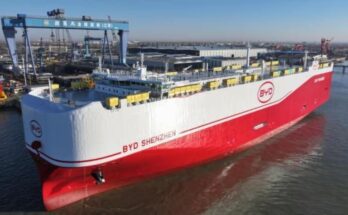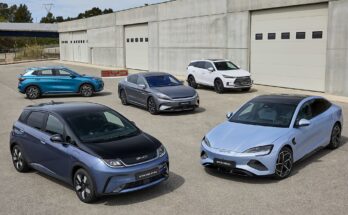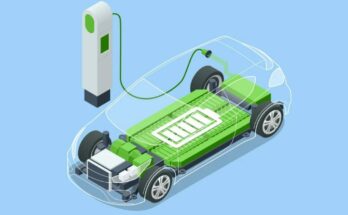Chinese EV giant BYD has signed a 10 billion yuan ($1.4 billion) contract for a new sodium-ion battery plant in Xuzhou, a city about halfway between Beijing and Shanghai. According to information, BYD’s subsidiary Findreams Battery and tricycle giant Huaihai Group signed an agreement to build the battery plant.
Related: Japan Battery Material Producers Lose Spark as China Races Ahead
The signing ceremony took place in BYD’s HQ in Shenzhen. The annual output capacity of 30 GWh will make it the world’s largest sodium-ion battery plant.
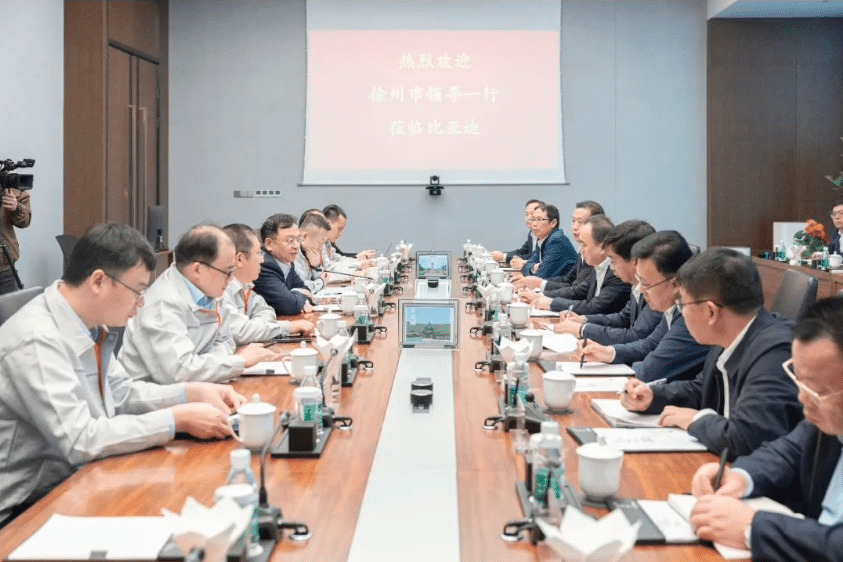
The two companies declared that Xuzhou will become the hub for producing batteries for microcars and scooters since such EVs will be the ones that utilize sodium-ion packs to great advantage.
Related: CATL Unveils Revolutionary Sodium-ion Batteries
This is not the first time BYD and Huaihai Group are working together. The two companies have previously collaborated to construct a standard battery factory in November 2022 with a total investment of 10 billion yuan. The 310,000-square-meter plant is almost complete, and in March 2024, trial production will begin.
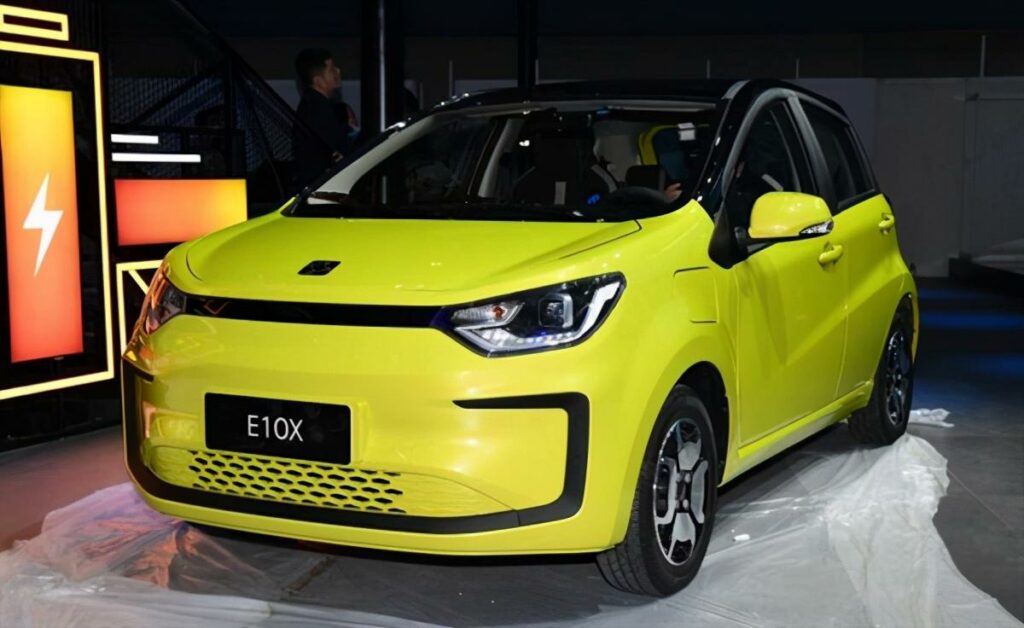
But BYD and Huaihai aren’t the only ones exploring sodium as a key battery component, other Chinese companies including CATL, Jiangsu Zoolnasm, and Hina are also working on sodium-ion batteries. In fact, Hina’s sodium battery was featured in Sehol E10X, made by a Volkswagen-JAC joint venture. The sodium pack had a capacity of 25 kWh, an energy density of 120 Wh/kg, and a driving range of 250 km. However, since the battery was a prototype for testing purposes, it was not mass-produced.
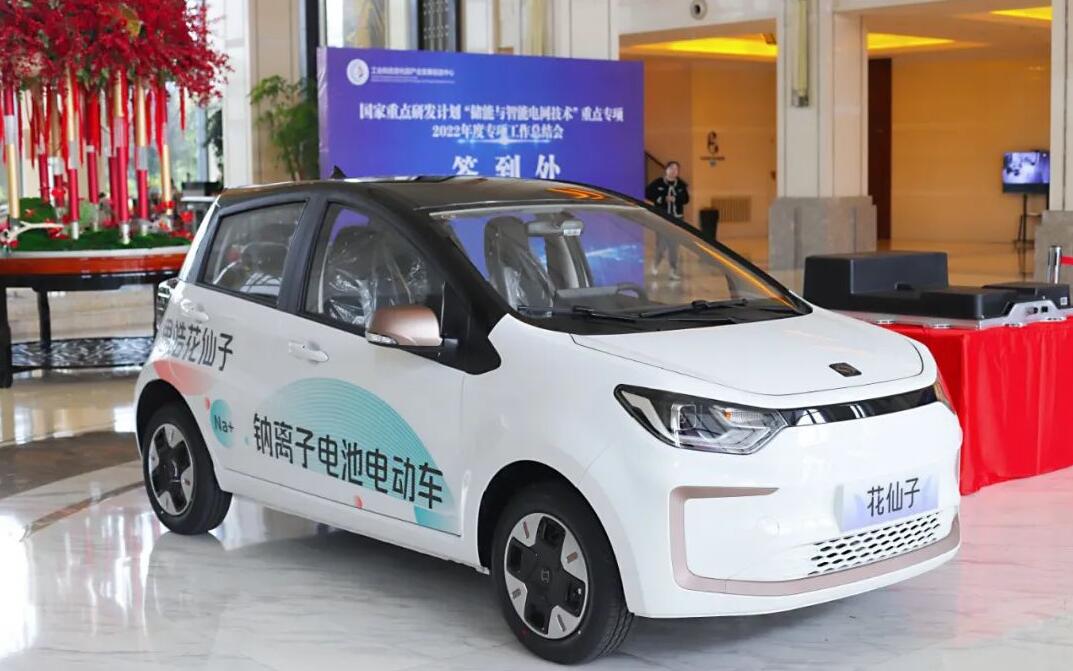
Sodium-ion batteries will be found in less expensive EVs such as tricycles, electric scooters, and entry-level hatchbacks because of their reduced cost and energy density. The mass production of sodium batteries will relieve pressure on the extraction of precious metals because they don’t require lithium (sodium will replace it as the cathode material) or any other material that might cause issues, like cobalt, which is used in ternary NMC batteries (NMC packs have a high energy density and are used in top trim EVs).
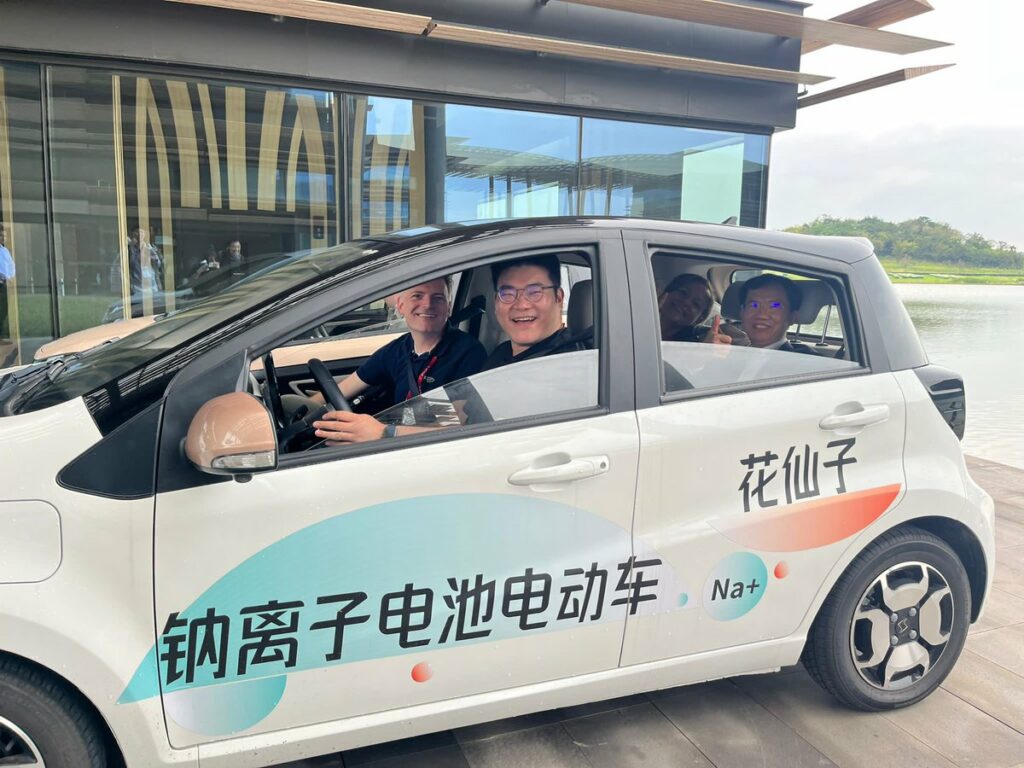
Besides greater environmental advantages, sodium-ion batteries are generally safer than lithium batteries, they will offer better performance in cold temperatures, have a slower discharge rate, and are cheaper to produce. However, on the downside, they have a slower charging rate, lower attainable voltage, and lower energy density than LFP batteries.

Responsible for delivering local & international automotive news.

